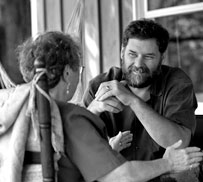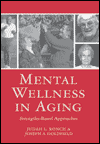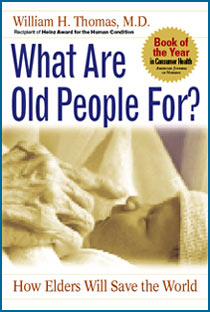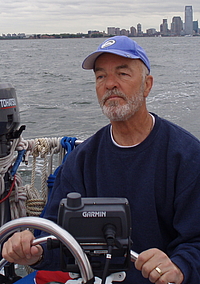![]()
Search
Recent Posts
- ChangingAging.org Redesign -- Please Bookmark!
- Disaster in Buffalo
- Power Up Friday
- Blanchard WinsDays
- Kevin Frick writes...
- Monkhouse Monday
- Getting Closer!
- Blanchard WinsDays
- Power Up Friday
- My Pick for Health and Human Services
- Understanding Health Care Reform
- Facts Are Stubborn Things: Social Security Edition
- Monkhouse Monday
- Localism is Coming
- Krugman Can't Wait...
Recent Comments
Category Archives
- AGING 100
- Aging
- Culture
- Dementia
- Eden Alternative
- Erickson School
- Green House
- Health Policy
- Longevity
- Media
- Rockets
Monthly Archives
- February 2009
- January 2009
- December 2008
- November 2008
- October 2008
- September 2008
- August 2008
- July 2008
- June 2008
- May 2008
- April 2008
- March 2008
- February 2008
- January 2008
- December 2007
- November 2007
- October 2007
- September 2007
- August 2007
 Subscribe to this blog's feed
Subscribe to this blog's feed
Announcements

Blog Data
« Oh No Aibo! | Main | Just the Facts Ma'am »
February 28, 2008 |Permalink |Comments (0)
12 People Who Are Changing Aging - No. 11
[Editors note -- this is a continuation of 12-part feature by The Wall Street Journal profiling "pioneers who are shaping the way Americans will live, work and play in later life."]
I am honored to count John Stewart as a friend and, just to show you how committed he is to learning, growing and changing--- he is also a student in the Aging 600 course that I co-teach with Judah Ronch. By the end of the year, John will be able to add a Masters in Aging Services degree to his impressive list of accomplishments.
Think about how cool it is to have a Masters program that has one of the top leaders in the field of aging as one of its students.
Out of the park baby!
--Dr. Thomas
Number Eleven -- Urban Planner
John P. Stewart is working on a blueprint for making city services receptive to all of the needs of older Americans -- whether in health care, transportation, safety, employment or continuing education. To date, 16 cities have joined in the effort, including Baltimore, New York, Philadelphia, Chicago and Atlanta."I was really struck by the fact that we needed to change the way we look at aging services," says Mr. Stewart, who for 32 years worked as a Maryland state health and education administrator, and is now executive director of the Commission on Aging and Retirement Education for the city of Baltimore.
More than 25% of the U.S. work force is over 60 and living healthier lives, Mr. Stewart says. "A lot of people are going to have to work longer."To focus on the question of what a senior-friendly city should look like, Mr. Stewart helped create a nonprofit think tank, the Baltimore City Center for Urban Aging Services and Policy Development. Issues under study include how to help grandparents who are raising their grandchildren; upgrading community senior centers with fitness equipment and personal trainers; and providing counseling to help cope with poverty and social isolation.
"This 'declinist' theory that people get old and should be put away is insane," says Mr. Stewart, 63. "We can be an asset."
-- By Kelly Greene (photo courtesy of The Wall Street Journal)
Tomorrow -- Reinventing the Nursing Home.















